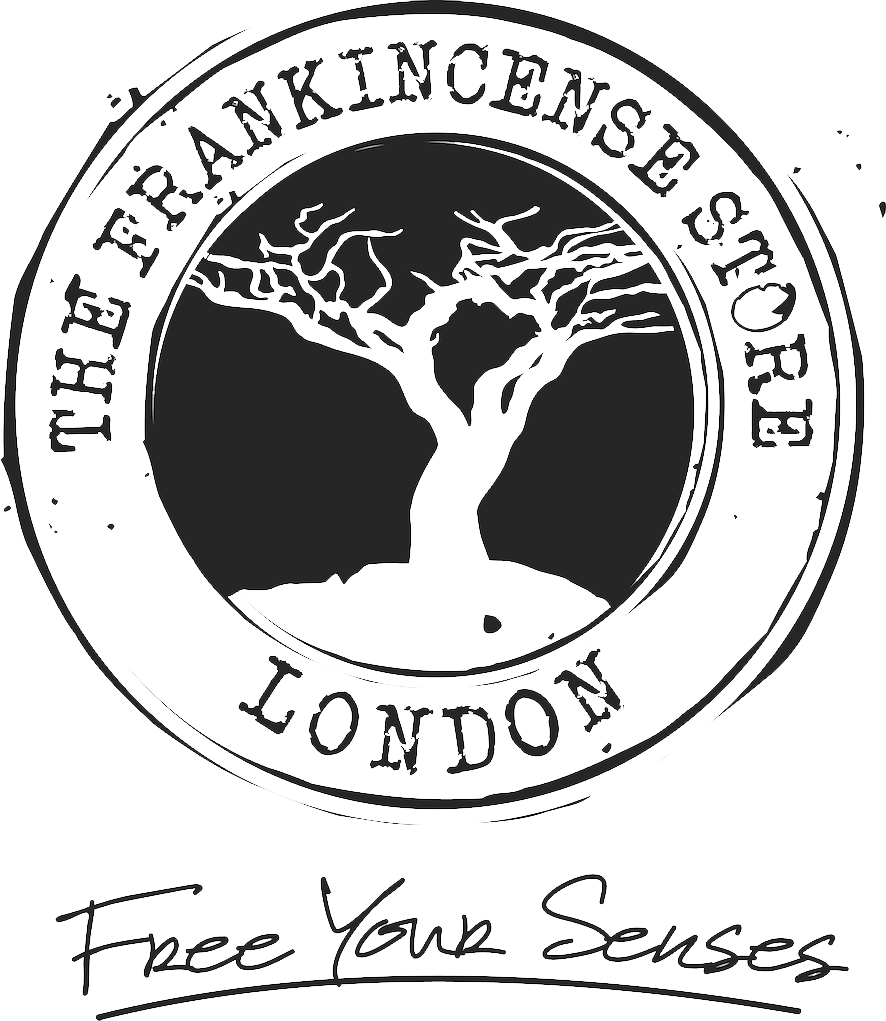History of Omani Frankincense
The History of Frankincense is one of astonishment and triumph. Frankincense otherwise known as Luban, Oilbanum and Boswellia, has been used in a variety of ways over the centuries. The Greeks, Romans, Egyptians, Israelites and numerous other cultures used frankincense as part of their religious ceremonies. Many ancient texts including the Old Testament make frequent mention of frankincense in a religious context and the origin of Frankincense can be traced back to the Arabian Peninsula. Because frankincense grows almost exclusively in Oman, it has been a vital part of the Omani culture for millennia. Dhofar in Oman is an area rich in history. The site has been subject to much exploration and study by archaeologists who have dated pottery and glass vessels excavated from the area around 100BC. Evidence has also been found in the form of writing, inscriptions and signs indicating that a number of different civilizations have succeeded each other here. It has also been ascertained that the city sank under the sands due to what has been deemed a 'light earthquake'.
The Dhofar region is subdivided into 10 wilayats. The wilayat of Salalah, which is the capital of Dhofar, lies on the Arabian Sea, around 1040km from Muscat in the north. The Manjawi civilization dwelt in the district of Belid between the 12th and 16th centuries. At this time, the area was renowned for its thriving import and export activities, the main exports being Arabian horses and frankincense. It is thought that Ahmed bin Mohammed al Haboudhi rebuilt the city and renamed it Al Mansourah (The Victorious) and this status was reaffirmed in the writings of explorers Marco Polo and Ibn Batuta. The wilayat of Thumrayt is located at the juncture of all the principal roads linking Dhofar to the rest of the Sultanate. It is believed that the lost city of Ubar is in Shisr in Thumrayt. Ubar was the mythical city mentioned in the 'Tales of the Arabian Nights'. Not only was Ubar believed to have been the commercial hub for trading Arabian horses the city was also used for storing and exporting the prized gum resin to the Greeks, Romans and Persians. Much of Dhofar's frankincense was grown in this area and the ancient people would warn outsiders of dangers such as 'flying snakes' in order to keep them away
Wilayat Taqah falls between Salalah and Marbat on the Dhofari coastline. Taqah was once a prosperous port and has been a significant trading centre of the ancient world. Some of the most famous remains in this area are found at Samhuran, an ancient city that is thought to date back to 3000BC. Further confirming Oman’s importance to the frankincense trade archaeologists recently unearthed a ruined settlement on the banks of nearby Khor Rawri, which featured a tableau dating back to the 1st Century, AD. The tableau’s inscription bespoke of the ancient city of Sumhuran, which many historians believe was home to the port of Moscha, featured in The Periplus of the Erythrean Sea. Old though these remains may be, inscriptions are still visible in the walls and columns of the citadel. Frankincense was the main export, which found its way to Queen Hatshepsut of Egypt in 1500BC. A drawing of a Pharaonic ship docked at Samhuran is still displayed in a temple in the Valley of the Kings in Luxor. The Queen of Sheba also dispatched a boatload of frankincense from this port as a gift to King Solomon. In these ancient times Frankincense had also been used in India to make incense for worship as in the Middle East. Frankincense traded throughout the Middle East at least since 3000 B.C and eventually came to China to also be used in medicine. In these historic years the value of Frankincense was equal to if not greater than the value of Gold.
One significant event in history that we are familiar with the use of Frankincense is the story of the Three Wise Men (the Magi). Many believe that these gifts brought to Baby Jesus by the Magi may well have been the origins of our present-day custom of gift giving at Christmas. In ancient times the Frankincense Trail was considered to be the most important commercial route throughout southern Arabia. From Moscha frankincense was shipped overland across Oman’s rugged interior to the ancient capital of Hadhramaut and beyond into Egypt. Archaeological excavations that took place over a 10-year period from 1952-1962 additionally unearthed the old caravan routes buried beneath Sachalite’s rocky landscape and undulating sands – now known as the Dhofar region. Still used in important ceremonies including religious festivals, frankincense also remains a symbol of Omani hospitality.,Its fragrant resin is sill burned today throughout the Sultanate to welcome guests.

